Home>diy>Building & Construction>What Is Stirrups In Construction
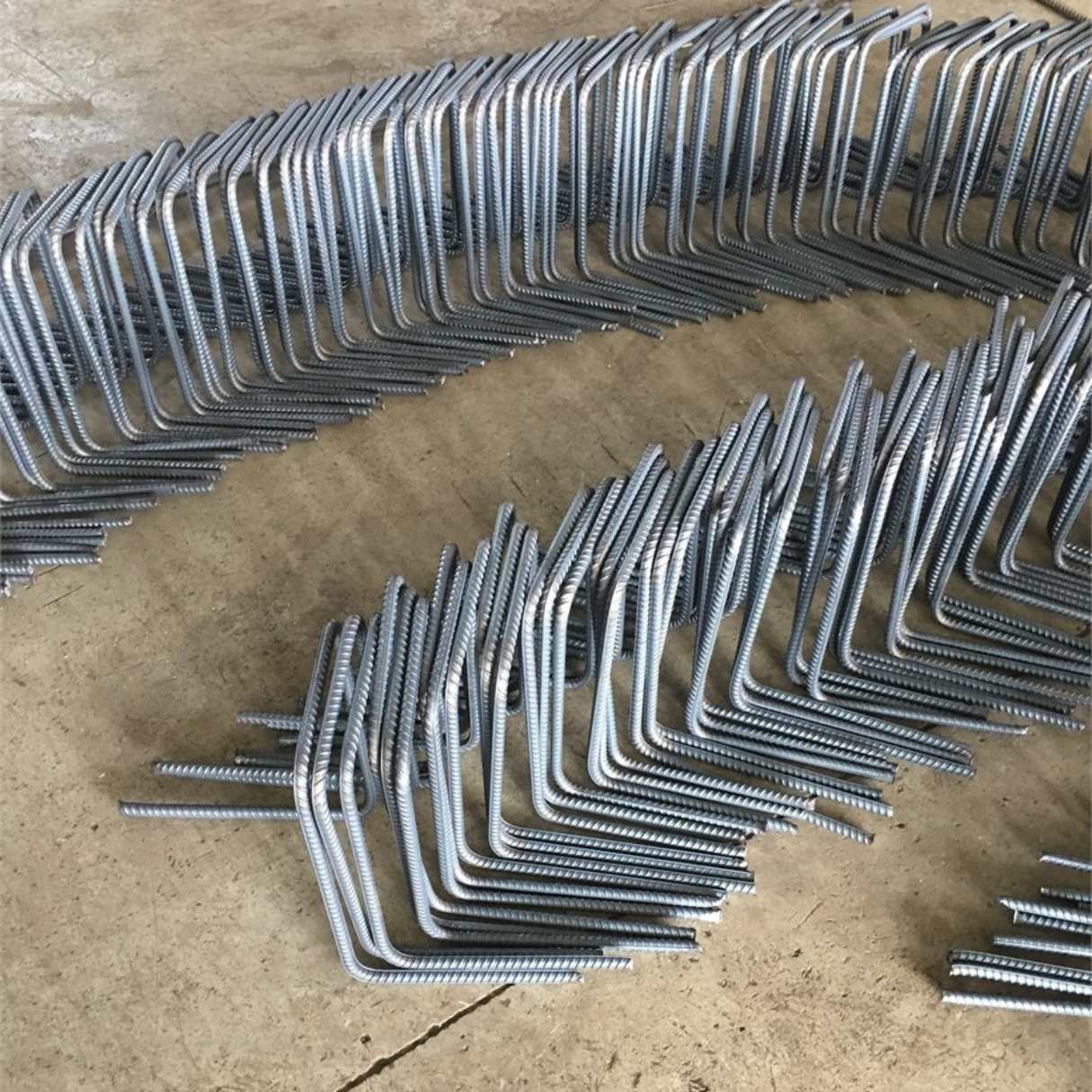

Building & Construction
What Is Stirrups In Construction
Modified: May 6, 2024
Learn what stirrups are in building construction and how they reinforce the structural integrity of concrete columns and beams.
(Many of the links in this article redirect to a specific reviewed product. Your purchase of these products through affiliate links helps to generate commission for Storables.com, at no extra cost. Learn more)
Introduction
Welcome to the world of construction! In the field of building construction, there are numerous elements that come together to create strong, safe, and durable structures. One crucial component that plays a vital role in enhancing the strength and stability of reinforced concrete structures is stirrups.
Stirrups are commonly used in construction to reinforce and strengthen concrete beams, columns, and other structural members. They serve as essential reinforcements that help resist tensile forces and prevent the concrete from cracking or failing under load. Whether you are a building contractor, engineer, or simply curious about the construction industry, understanding stirrups and their importance in construction is essential.
In this article, we will delve into the world of stirrups and explore their definition, purpose, types, materials used, installation process, functions, importance, advantages, factors to consider, and common mistakes to avoid when working with stirrups in construction projects. So, let’s get started and uncover the secrets of this significant construction element!
Key Takeaways:
- Stirrups are essential in construction, reinforcing concrete structures to prevent cracking, enhance load capacity, and resist shear forces. Proper installation and maintenance are crucial for ensuring their effectiveness in creating durable and resilient buildings.
- Understanding the types, materials, and functions of stirrups is vital for construction professionals. Avoiding common mistakes and adhering to design requirements are key to maximizing the benefits of stirrups in creating long-lasting and safe structures.
Read more: What Is Construction
Definition of Stirrups in Construction
In the realm of construction, stirrups refer to horizontal or diagonal reinforcements that are used in reinforced concrete structures. They are typically made of steel and are placed at regular intervals along the length of concrete beams, columns, or other structural members.
Stirrups are designed to enhance the structural integrity of concrete elements by providing additional strength and resistance to tensile forces. They play a crucial role in preventing the concrete from failing or cracking under the applied loads.
The shape of stirrups is typically in the form of closed loops or rectangular hoops. These closed loops encircle the vertical reinforcement bars, commonly known as rebars, which are embedded within the concrete. The purpose of enclosing the rebars with stirrups is to hold them in position, ensuring they remain properly spaced and centered within the concrete member.
Stirrups are strategically placed at specific intervals along the length of the reinforced concrete members. The spacing between stirrups is determined based on factors such as the design requirements, structural loadings, and dimensions of the member.
Overall, stirrups serve as an integral component of reinforced concrete structures, enhancing their strength, flexibility, and resistance to cracking or failure under load. Their effective implementation ensures the longevity and durability of the structure, making them a critical element in construction projects.
Purpose of Stirrups in Construction
Stirrups play a vital role in reinforcing and strengthening concrete structures in construction projects. Their primary purpose is to enhance the structural integrity of various structural members such as beams and columns. Let’s explore the key purposes of stirrups in construction:
- Preventing Cracks and Failures: One of the main purposes of stirrups is to prevent the concrete from cracking or failing under load. When a beam or column is subjected to bending or shear forces, the concrete experiences tension. Stirrups act as secondary reinforcements, resisting these tensile forces and reducing the chances of crack formation or structural failure.
- Enhancing Flexural Capacity: Stirrups significantly contribute to the flexural capacity of reinforced concrete members. By enclosing the rebars and confining the concrete, stirrups increase the overall strength and capacity of the member to withstand bending moments. This allows the structure to bear higher loads and maintain its structural stability.
- Improving Ductility: Ductility refers to the ability of a structure to deform under load without fracturing. Stirrups enhance the ductility of reinforced concrete members by confining the concrete and preventing it from spalling or separating when faced with significant loads or seismic events. This ensures that the structure can withstand dynamic forces and deform in a controlled manner, reducing the risk of sudden failure.
- Providing Shear Resistance: Shear forces can be particularly detrimental to the structural integrity of concrete members, especially beams. Stirrups help in providing shear resistance by effectively transferring the shear forces between the top and bottom flanges of the beam. They act as vertical ties or links, restraining the slipping or sliding of the concrete and improving the overall shear capacity of the member.
- Achieving Proper Reinforcement Alignment: Another important purpose of stirrups is to maintain the proper alignment and spacing of the reinforcement bars within the concrete member. By encircling the rebars, stirrups prevent them from buckling or shifting during construction or under load. This ensures that the rebars remain accurately positioned, allowing them to work efficiently in carrying the applied loads.
Overall, the purpose of stirrups in construction is to enhance the strength, durability, and performance of reinforced concrete structures. By effectively resisting tensile forces, improving flexural capacity, increasing ductility, providing shear resistance, and maintaining proper reinforcement alignment, stirrups play a crucial role in ensuring the structural integrity and safety of buildings and infrastructure projects.
Types of Stirrups in Construction
Stirrups come in various types, each designed to cater to specific construction requirements and structural needs. Understanding the different types of stirrups can help construction professionals select the most suitable option for their projects. Here are some common types of stirrups used in construction:
- Rectangular Stirrups: Rectangular stirrups are the most common and widely used type of stirrups in construction. As the name suggests, they have a rectangular shape and are typically made from steel bars. These stirrups are versatile and can be easily fabricated to fit different sizes and dimensions of concrete members. They offer excellent lateral confinement to the concrete and provide effective reinforcement against bending and shear forces.
- Circular Stirrups: Circular stirrups, also known as hoop stirrups, have a rounded or circular shape. They are often used in curved or circular reinforced concrete structures. Circular stirrups provide uniform reinforcement along the curved sections, helping to distribute the stresses evenly and maintain the structural integrity of the member. They are particularly effective in resisting bending and shear forces in curved beams, columns, or circular tanks.
- Spiral Stirrups: Spiral stirrups, commonly referred to as spiral reinforcement or torsion stirrups, are specifically engineered to provide reinforcement against torsional or twisting forces in concrete members. These stirrups are typically formed by coiling a steel bar around the longitudinal reinforcement. Spiral stirrups are commonly used in structures such as bridge piers, high-rise buildings, and tall chimneys. They enhance the structural stability and strength, preventing damage caused by torsional loading.
- U Stirrups: U stirrups, also known as U-shaped stirrups or bent-up bars, are widely used in construction for their ease of installation and cost-effectiveness. These stirrups consist of straight bars that are bent into a U shape, with the ends of the U placed around the longitudinal reinforcement bars. U stirrups provide effective confinement to the concrete, resisting shear and bending forces. They are commonly used in beams and slabs to provide additional reinforcement at the support regions.
- Square Stirrups: Square stirrups, also called tied stirrups, have a square shape and are often used in construction projects where higher load-bearing capacity is required. These stirrups are formed by bending steel bars into a square shape and placing them around the longitudinal reinforcement. Square stirrups provide excellent confinement to the concrete and can effectively resist shear and bending forces. They are commonly used in structures such as bridge decks, retaining walls, and high-rise buildings.
It’s important to note that the selection of stirrup type depends on various factors, including the design requirements, structural loads, and project specifications. Consulting with structural engineers and following the local building codes and regulations is essential to ensure the appropriate type of stirrups are used for each specific construction application.
Materials Used for Stirrups in Construction
Stirrups in construction are typically made from strong and durable materials that can effectively reinforce the concrete members. The choice of material for stirrups depends on factors such as the structural requirements, design specifications, and the availability of resources. Here are some common materials used for stirrups in construction:
- Steel: Steel is the most commonly used material for stirrups due to its high tensile strength and excellent formability. Mild steel and high-strength steel, such as TMT (Thermo-Mechanically Treated) bars or rebars, are popular choices. Steel stirrups are easily fabricated, bent, and shaped to meet the specific requirements of the construction project. They offer superior resistance against bending, shear forces, and tension, making them ideal for reinforcing concrete members.
- Stainless Steel: Stainless steel is another material option for stirrups, known for its corrosion resistance and high strength. Stainless steel stirrups are often preferred in projects where the concrete is exposed to harsh environmental conditions or has a higher risk of corrosion. They provide long-lasting reinforcement and ensure the integrity of the concrete structures over time.
- Fiber-Reinforced Polymer (FRP): In recent years, fiber-reinforced polymer stirrups have gained popularity due to their lightweight, corrosion resistance, and high strength characteristics. FRP stirrups are made of composite materials, such as carbon fibers or glass fibers embedded in a polymer matrix. They offer excellent resistance to corrosion and can withstand high loads. FRP stirrups are commonly used in structures where weight reduction and corrosion resistance are key considerations, such as in marine environments or rehabilitation projects.
- Composite Materials: Composite stirrups combine the benefits of different materials to achieve specific performance requirements. For example, a combination of steel and FRP can be used to create hybrid stirrups that provide corrosion resistance and increased strength. Composite stirrups are engineered to deliver improved structural performance while considering factors such as cost-effectiveness and durability.
It is worth noting that the choice of materials for stirrups should comply with the relevant building codes, standards, and design specifications of the construction project. Structural engineers and professionals play a crucial role in determining the appropriate material based on the specific needs of the structure, environmental conditions, and project budget.
Read more: What Is Retrofit In Construction
Installation of Stirrups in Construction
The correct installation of stirrups is crucial in ensuring their effectiveness in reinforcing concrete structures. Improper installation can compromise the structural integrity of the member and lead to potential failure or cracking. Here is a general guide on the installation process of stirrups in construction:
- Prepare the Reinforcement: Before installing the stirrups, the reinforcement bars (rebars) must be placed in their desired locations within the concrete member. The rebars should be properly positioned and secured according to the design specifications and structural drawings.
- Determine Stirrup Spacing: The spacing between stirrups is determined by the structural requirements and design guidelines. The spacing ensures adequate reinforcement throughout the length of the member. It is crucial to follow the specified spacing to achieve the desired structural performance.
- Bend the Stirrup: Based on the design requirements, the steel bars are bent into the desired shape for the stirrups. This can be done using manual tools or automated machines. The stirrup shape and dimensions should match the design specifications, ensuring proper reinforcement and fit within the concrete member.
- Place the Stirrups: Once the stirrups are bent to the required shape, they are placed around the rebars. The stirrups should be positioned at the designated locations along the length of the member, ensuring the correct spacing between them. The stirrups should be securely placed, maintaining their shape and alignment.
- Secure and Tie the Stirrups: After placing the stirrups, they need to be securely tied to the rebars. This is usually done using steel wire or pre-formed stirrup ties. The ties ensure that the stirrups remain in place during the concrete pouring and curing process. It is crucial to ensure proper tension and tightness of the ties to maintain the position of the stirrups.
- Inspect and Verify: Once the stirrups are installed, a thorough inspection should be carried out to verify their proper placement, alignment, and tie connections. Any discrepancies or irregularities should be addressed and corrected before proceeding with the next steps in the construction process.
- Pour and Cure the Concrete: After the stirrups are in place and the inspection is completed, the concrete can be poured. Proper care should be taken during the pouring process to avoid displacing or damaging the stirrups. Once the concrete is poured and cured, the stirrups remain embedded within the structure, providing the necessary reinforcement.
It is important to note that the installation process may vary depending on the specific construction project and the requirements specified by the structural engineer. Adhering to the design drawings, following the recommended installation techniques, and seeking professional guidance is essential to ensure the proper and effective installation of stirrups.
Functions of Stirrups in Construction
Stirrups serve various important functions in construction, contributing to the strength, stability, and durability of reinforced concrete structures. Understanding the functions of stirrups can help appreciate their significance in ensuring the structural integrity of the construction project. Here are the key functions of stirrups:
- Reinforcing against Tensile Forces: One of the primary functions of stirrups is to reinforce the concrete structure against tensile forces. Concrete is strong in compression but weak in tension. When a reinforced concrete member, such as a beam or column, is subjected to loads that induce tension, the stirrups work in conjunction with the longitudinal reinforcement to resist these forces, preventing cracking or failure.
- Restraining Longitudinal Reinforcement: Stirrups play a critical role in holding the longitudinal reinforcement bars, commonly known as rebars, in their designated positions. They prevent the rebars from buckling, shifting, or coming out of alignment during the concrete pouring and curing process. By ensuring the proper placement and spacing of the rebars, stirrups help the structure to withstand applied loads effectively.
- Enhancing Shear Strength: Shear forces pose a significant challenge in concrete structures, especially in beams and columns. Stirrups act as vertical ties or links, effectively transferring the shear forces between the top and bottom flanges of the beam. By providing additional shear reinforcement, stirrups enhance the shear strength of the structure and prevent shear failure.
- Improving Flexural Capacity: Flexural capacity refers to the ability of a structural member to resist bending moments without experiencing excessive deflection or failure. Stirrups significantly contribute to the flexural capacity of reinforced concrete members. By confining the concrete and holding the rebars in place, stirrups increase the overall strength and stiffness of the member, allowing it to withstand higher bending loads.
- Increasing Ductility: Ductility refers to the ability of a structure to deform without sudden failure. Stirrups improve the ductility of reinforced concrete structures by confining the concrete and preventing it from spalling or separating when subjected to significant loads. This ensures that the structure can undergo controlled deformation, making it more resistant to sudden failure and enhancing its overall performance during seismic events.
- Providing Confinement to Concrete: Stirrups effectively confine the concrete within the structural member. When the concrete is subjected to high compressive or tensile stresses, the stirrups help prevent it from spalling or losing its shape. This confinement enhances the overall strength, durability, and load-carrying capacity of the structure.
Overall, stirrups play a multifunctional role in construction, providing reinforcement against tensile forces, improving shear and flexural capacities, enhancing ductility, and confining the concrete. Their proper implementation is vital for ensuring the structural integrity and performance of reinforced concrete structures.
Stirrups in construction are U-shaped reinforcement bars used to support and strengthen concrete columns and beams. They help prevent the concrete from cracking and provide additional structural stability.
Importance of Stirrups in Construction
Stirrups play a crucial role in the construction industry, contributing to the strength, stability, and safety of reinforced concrete structures. Their importance cannot be overstated, as they provide several key benefits that ensure the structural integrity and durability of buildings and infrastructure projects. Here are some reasons why stirrups are essential in construction:
- Enhanced Structural Strength: Stirrups significantly increase the structural strength of reinforced concrete members. By providing reinforcement against tensile forces, they help prevent cracking and failure, allowing the structure to bear higher loads and resist external forces more effectively. This leads to a safer, more robust construction that can withstand the test of time.
- Improved Load-Carrying Capacity: Stirrups enhance the load-carrying capacity of reinforced concrete structures. They improve the flexural capacity of beams and columns, allowing them to withstand higher bending moments without excessive deflection or failure. This allows for greater design flexibility and enables the construction of structures capable of supporting heavier loads.
- Increased Resistance to Shear Forces: Shear forces can cause significant damage to concrete structures. Stirrups provide essential shear reinforcement, effectively transferring and distributing the shear forces along the member. This enhances the resistance to shear failure and ensures the structural stability of beams, columns, and other elements subjected to such forces.
- Enhanced Structural Ductility: Ductility is a vital characteristic of structures, especially in areas prone to seismic activity. Stirrups improve the ductility of reinforced concrete members by allowing controlled deformation under load. This prevents sudden failure and ensures that the structure can withstand the dynamic forces generated during earthquakes, offering increased safety for occupants.
- Prevention of Cracking and Deflection: Cracking and excessive deflection can compromise the integrity and aesthetics of concrete structures. Stirrups reinforce the concrete, preventing cracking under tensile forces and limiting deflection to acceptable levels. This helps maintain the structural integrity, appearance, and functionality of the construction throughout its service life.
- Longevity and Durability: By providing additional reinforcement, stirrups contribute to the longevity and durability of concrete structures. They protect the concrete from weak points and potential failure, allowing the structure to withstand environmental factors and loads over an extended period. This leads to a longer-lasting construction with reduced maintenance and repair requirements.
The importance of stirrups in construction cannot be underestimated. They are vital components that improve structural strength, increase load-carrying capacity, enhance resistance to shear forces, promote ductility, prevent cracking and deflection, and ensure the longevity and durability of reinforced concrete structures. Effective implementation of stirrups is crucial for constructing safe, resilient, and high-performing buildings and infrastructure projects.
Advantages and Benefits of Using Stirrups in Construction
The use of stirrups in construction offers numerous advantages and benefits that contribute to the overall quality and performance of reinforced concrete structures. From increased strength to improved durability, stirrups play a crucial role in ensuring the long-term integrity of construction projects. Here are some key advantages and benefits of using stirrups:
- Enhanced Structural Integrity: Stirrups significantly enhance the structural integrity of reinforced concrete members. By providing reinforcement against tensile forces, they minimize the risk of cracking, failure, and premature deterioration. This promotes the safety, stability, and performance of the structure throughout its service life.
- Increased Load Capacity: Stirrups improve the load-carrying capacity of reinforced concrete structures. They enhance the flexural and shear strength of components such as beams and columns, allowing them to withstand higher loads without compromising their structural integrity. This provides design flexibility and enables the construction of buildings and infrastructure capable of supporting heavy loads.
- Better Resistance to Shear Forces: Shear forces can cause structural damage in concrete elements. Stirrups act as vertical ties or links, enhancing the resistance to shear failure. They effectively transfer and distribute the shear forces along the member, minimizing the risk of shear-related structural failures.
- Improved Ductility: Ductility is a crucial characteristic of structures, especially in seismic zones. Stirrups improve the ductility of reinforced concrete members by confining the concrete and allowing controlled deformation. This ensures that the structure can absorb energy and deform without sudden failure during earthquakes or other dynamic loading conditions.
- Crack Control and Deflection Limitation: Stirrups help control cracking and limit excessive deflection in reinforced concrete structures. They reinforce the concrete against tensile forces, preventing the formation and propagation of cracks. Additionally, stirrups limit deflection and ensure the structure remains within acceptable limits, maintaining both the structural performance and aesthetic appearance.
- Increased Durability and Longevity: Stirrups contribute to the durability and longevity of concrete structures. By providing additional reinforcement, they protect the concrete from weak points and potential failure. This helps the structures withstand environmental factors, such as moisture, corrosion, and temperature fluctuations, ensuring their long-term durability and minimizing the need for costly repairs or maintenance.
- Design Versatility: Stirrups offer design versatility, allowing for various structural configurations and architectural possibilities. They can be easily tailored to different shapes and sizes, accommodating the specific requirements of diverse construction projects. The flexibility of stirrups ensures that structural designs can be optimized for both functional and aesthetic considerations.
The advantages and benefits of using stirrups in construction are significant. With improved structural integrity, increased load capacity, enhanced resistance to shear forces, improved ductility, controlled cracking and deflection, increased durability and longevity, and design versatility, stirrups are an indispensable component for constructing safe, resilient, and high-quality reinforced concrete structures.
Read more: What Is Stucco In Construction
Factors to Consider When Using Stirrups in Construction
When incorporating stirrups into construction projects, several factors should be carefully considered to ensure their proper implementation and effectiveness. These factors play a crucial role in determining the appropriate type, size, spacing, and installation of stirrups. Here are some key factors to consider when using stirrups in construction:
- Design Requirements: The design requirements specified by the structural engineer should be carefully reviewed and followed. This includes the dimensions, loading conditions, structural behavior, and performance expectations of the reinforced concrete member. Adhering to the design requirements ensures that the stirrups are suitable and optimized for the specific construction project.
- Structural Loads: Consideration should be given to the anticipated loads the reinforced concrete member will have to bear. The magnitude, direction, and nature of the loads (e.g., gravity loads, lateral loads, dynamic loads) impact the required reinforcement and the type of stirrups to be used. Accurately analyzing and considering the applicable loads ensures that the stirrups are appropriately designed to handle the expected forces.
- Concrete Cover: The thickness of the concrete cover over the reinforcement bars is a critical factor to consider when positioning stirrups. Adequate concrete cover is necessary to protect the rebars from corrosion, fire, and other adverse conditions. The clear spacing between the stirrups and the rebars must be maintained, taking into account the specified concrete cover to ensure proper reinforcement and durability.
- Spacing and Configuration: The spacing between stirrups is determined by the structural design and code requirements. It is essential to follow the specified spacing to achieve the desired reinforcement and ensure uniform distribution along the length of the member. The configuration of the stirrups, such as the shape and size, should also be in accordance with the design requirements and any specific constraints imposed by the construction project.
- Material Selection: The choice of material for stirrups should be based on factors such as the structural requirements, design specifications, and environmental conditions. Common materials used for stirrups include steel, stainless steel, fiber-reinforced polymer (FRP), and composite materials. The selected material should be corrosion-resistant, possess the required strength, and comply with relevant standards and codes.
- Construction Process: Consideration should be given to the construction process and the practical aspects of stirrup installation. Factors such as access, formwork, and pour sequence may impact the feasibility and efficiency of stirrup installation. Collaborating with the construction team and ensuring clear communication between the various stakeholders can help streamline the installation process and minimize potential challenges.
- Quality Control and Inspection: Quality control measures should be implemented to ensure the proper installation and alignment of stirrups. Regular inspections should be conducted to verify that stirrups are correctly positioned, adequately connected to the rebars, and meet the desired specifications. Any deviations or defects should be promptly addressed and rectified to ensure the structural integrity of the member.
Considering these factors when using stirrups in construction projects helps ensure that they are appropriately selected, positioned, and installed. Compliance with design requirements, load considerations, concrete cover, spacing and configuration, material selection, construction process, and quality control enhances the effectiveness of stirrups in reinforcing concrete structures and contributes to the overall success of the construction project.
Common Mistakes to Avoid When Using Stirrups in Construction
Proper utilization of stirrups is essential for the integrity and performance of reinforced concrete structures. However, certain common mistakes can compromise the effectiveness of stirrups and lead to potential structural issues. To ensure the optimal use of stirrups, it is important to be aware of and avoid these common mistakes:
- Inadequate Stirrup Spacing: Insufficient spacing between stirrups can compromise the reinforcement of the concrete member. If the spacing is too wide, the structure may not be able to adequately resist bending, shear, and tensile forces. It is crucial to adhere to the specified spacing requirements in the design to provide uniform reinforcement throughout the member.
- Improper Positioning of Stirrups: Incorrect placement of stirrups can significantly reduce their effectiveness. It is important to place the stirrups at the designated locations along the length of the member, ensuring they are properly secured and aligned. Incorrect positioning can lead to localized stress concentrations, compromising the overall strength and stability of the structure.
- Insufficient Concrete Cover: Inadequate concrete cover over the stirrups and rebars can pose corrosion and durability risks. Exposure to environmental factors, such as moisture and chemicals, can lead to the deterioration of the reinforcement and structural integrity. It is crucial to maintain the specified concrete cover requirements to protect the stirrups and rebars from potential damage.
- Inadequate Tie Connections: The connections between the stirrups and rebars must be secure and properly tied. Insufficient or improperly tied connections can result in dislodgment or movement of the stirrups during the concrete pouring, which may compromise the reinforcement. Care must be taken to ensure the ties are tight and robust, firmly holding the stirrups in place.
- Failure to Consider Compatibility: Consideration should be given to the compatibility of stirrups with other materials and components within the reinforced concrete member. The use of incompatible materials or improper integration of the stirrups into the structure can lead to reduced performance and structural issues. Compatibility with surrounding materials, such as concrete and rebars, is crucial for the overall effectiveness of the stirrups.
- Ignoring Quality Control and Inspection: Neglecting proper quality control and inspection processes can result in undetected errors or deficiencies in the installation of stirrups. Regular inspections should be conducted to verify the correct placement, alignment, and connection of the stirrups. Implementing quality control measures ensures that any mistakes or defects are identified and rectified promptly, preventing potential structural issues.
- Misalignment or Distortion of Stirrups: Stirrups must be adequately shaped and aligned to provide proper reinforcement. Misaligned or distorted stirrups can hinder their ability to resist forces and distribute loads effectively. It is important to follow the design specifications, bend the stirrups accurately, and ensure their proper alignment during installation.
- Ignoring Design Requirements: Neglecting the design requirements and specifications can lead to serious structural issues. It is crucial to review and adhere to the design drawings and calculations provided by the structural engineer. Deviating from the approved design without proper analysis and approval can compromise the efficiency and performance of the stirrups and the entire structure.
By avoiding these common mistakes, construction professionals can ensure the correct and effective use of stirrups in reinforced concrete structures. Engaging skilled personnel, implementing quality control processes, adhering to design requirements, and maintaining proper installation practices contribute to the successful integration of stirrups and the overall performance of the construction project.
Maintenance and Inspection of Stirrups in Construction
Maintenance and regular inspection of stirrups are essential to ensure the ongoing integrity and durability of reinforced concrete structures. By following proper maintenance practices and conducting systematic inspections, potential issues can be identified and addressed in a timely manner. Here are key considerations for the maintenance and inspection of stirrups in construction:
- Visual Inspections: Conduct regular visual inspections of the stirrups to detect any visible signs of damage, corrosion, or deformation. Look for cracks, rust, or dislodged stirrups. Inspections should include both the exposed portions of the stirrups and those embedded within the concrete members.
- Corrosion Protection: Pay attention to the corrosion protection measures in place for the stirrups. If the stirrups are made of steel, check for signs of corrosion or rust. Adequate concrete cover and proper sealing of joints and connections can help prevent corrosion-induced deterioration.
- Exposure to Environmental Factors: Evaluate the exposure of the stirrups to environmental factors such as moisture, chemicals, and temperature fluctuations. Assess the effectiveness of protective measures, such as coatings or wraps, to ensure they are intact and providing the necessary protection against adverse conditions.
- Load Testing: Consider conducting periodic load testing on select members to assess the performance of the stirrups under load. Load testing can help identify any anomalies or weaknesses in the reinforcement system and inform decisions regarding maintenance and repairs.
- Crack Detection: Pay attention to the development of cracks in the vicinity of the stirrups. Cracks can indicate potential structural issues or excessive stress on the reinforcement. Assess the severity and monitor the progression of cracks to determine the appropriate action needed.
- Repair and Replacement: If any issues or deficiencies are identified during the inspection, carry out timely repairs or replacements as needed. This may involve reinforcing damaged or corroded sections, applying protective coatings, or replacing stirrups that are beyond repair. Consult with structural engineers to determine the most appropriate repair strategies.
- Documentation and Record-Keeping: Maintain records of maintenance activities and inspections carried out on the stirrups. This includes inspection reports, repair records, load testing results, and any other relevant documentation. These records serve as a valuable resource for future reference, tracking the condition of the stirrups, and making informed maintenance decisions.
- Monitoring and Evaluation: Implement a monitoring and evaluation program to regularly assess the performance of stirrups and their effectiveness in maintaining structural integrity. This can involve the use of non-destructive testing methods, such as ground-penetrating radar or ultrasonic testing, to assess the condition of the stirrups embedded within the concrete members.
Regular maintenance and inspection of stirrups in construction projects are critical for ensuring the ongoing performance and longevity of the reinforced concrete structures. By being proactive in identifying and addressing any issues, construction professionals can mitigate potential risks, extend the service life of the structures, and maintain the desired level of safety and structural integrity.
Conclusion
Stirrups are an indispensable component in the construction industry, playing a vital role in reinforcing and strengthening reinforced concrete structures. Their purpose is to enhance the structural integrity, increase load-bearing capacity, improve resistance to shear forces, and promote ductility. By confining the concrete, preventing cracking and failure, and providing reinforcement against tensile forces, stirrups contribute to the long-term durability and safety of buildings and infrastructure projects.
Understanding the different types of stirrups, materials used, proper installation techniques, and factors to consider is essential for construction professionals and engineers. The advantages of using stirrups are significant, including enhanced structural integrity, increased load-carrying capacity, improved resistance to shear forces, and extended durability.
However, to ensure the optimal performance of stirrups, common mistakes must be avoided. Proper spacing, positioning, and alignment of stirrups, adequate concrete cover, secure tie connections, and adherence to design requirements are critical elements to consider during construction. Regular maintenance and inspection of stirrups are important to detect potential issues, such as corrosion, deformation, or damage, and take necessary repair or replacement measures promptly.
Stirrups provide the necessary reinforcement and support to ensure the structural integrity and safety of reinforced concrete structures. Their correct implementation and ongoing maintenance are crucial for creating durable, reliable, and resilient constructions that can withstand various loads and environmental conditions. By recognizing the importance of stirrups and following best practices, construction professionals can ensure the long-lasting and high-performance of their projects.
In conclusion, stirrups are an essential element in construction, strengthening the foundations of buildings and infrastructure projects. With their crucial role in enhancing structural integrity and load capacity, stirrups contribute to the longevity, safety, and durability of reinforced concrete structures. Keeping in mind their functions, advantages, installation requirements, and ongoing maintenance, construction professionals can utilize stirrups effectively to create robust and reliable constructions that stand the test of time.
Curious about how builders use concrete to strengthen structures? Our next guide sheds light on the vital role of concrete in modern construction. From foundations to skyscrapers, concrete is a key player. Dive into the details and see just how versatile and crucial this material is for ensuring durability and support in various building projects.
Frequently Asked Questions about What Is Stirrups In Construction
Was this page helpful?
At Storables.com, we guarantee accurate and reliable information. Our content, validated by Expert Board Contributors, is crafted following stringent Editorial Policies. We're committed to providing you with well-researched, expert-backed insights for all your informational needs.

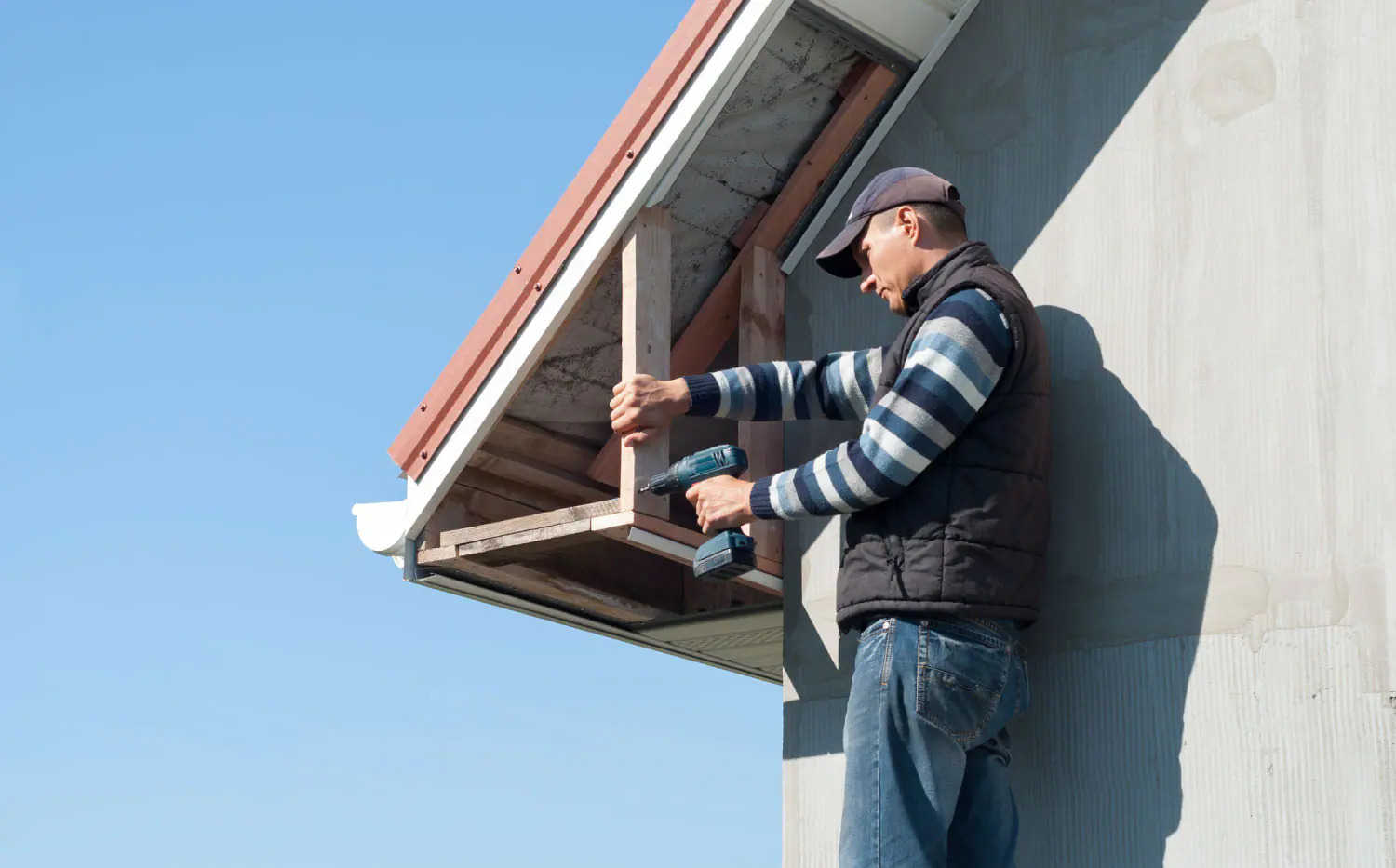
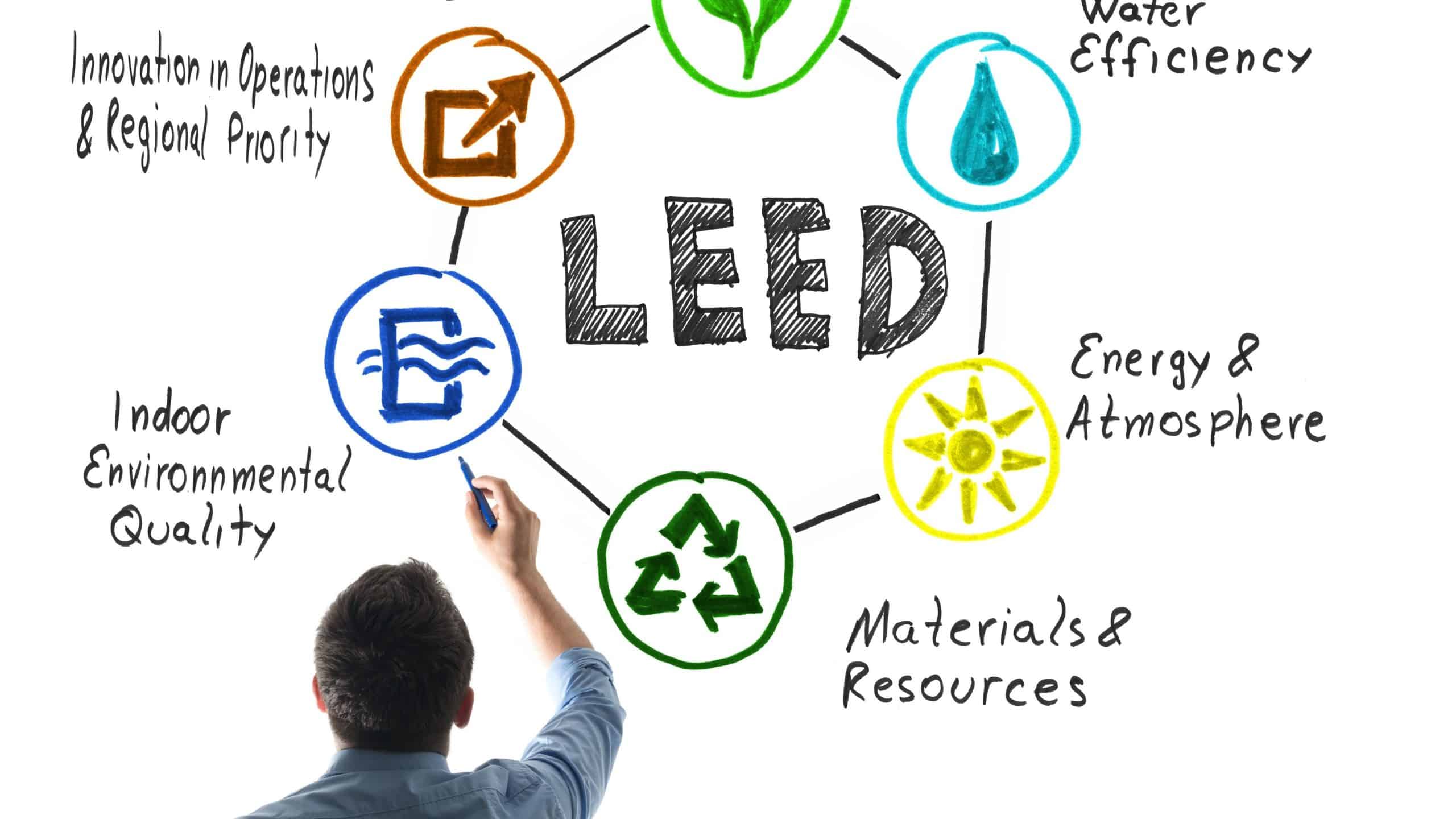
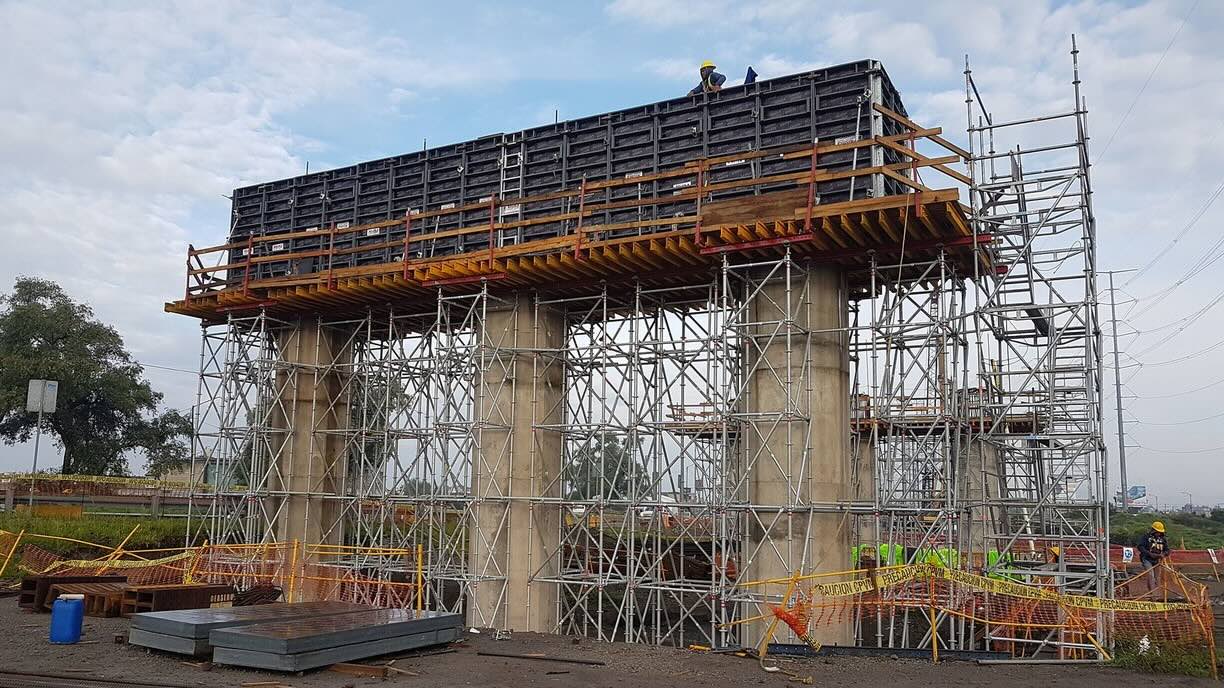
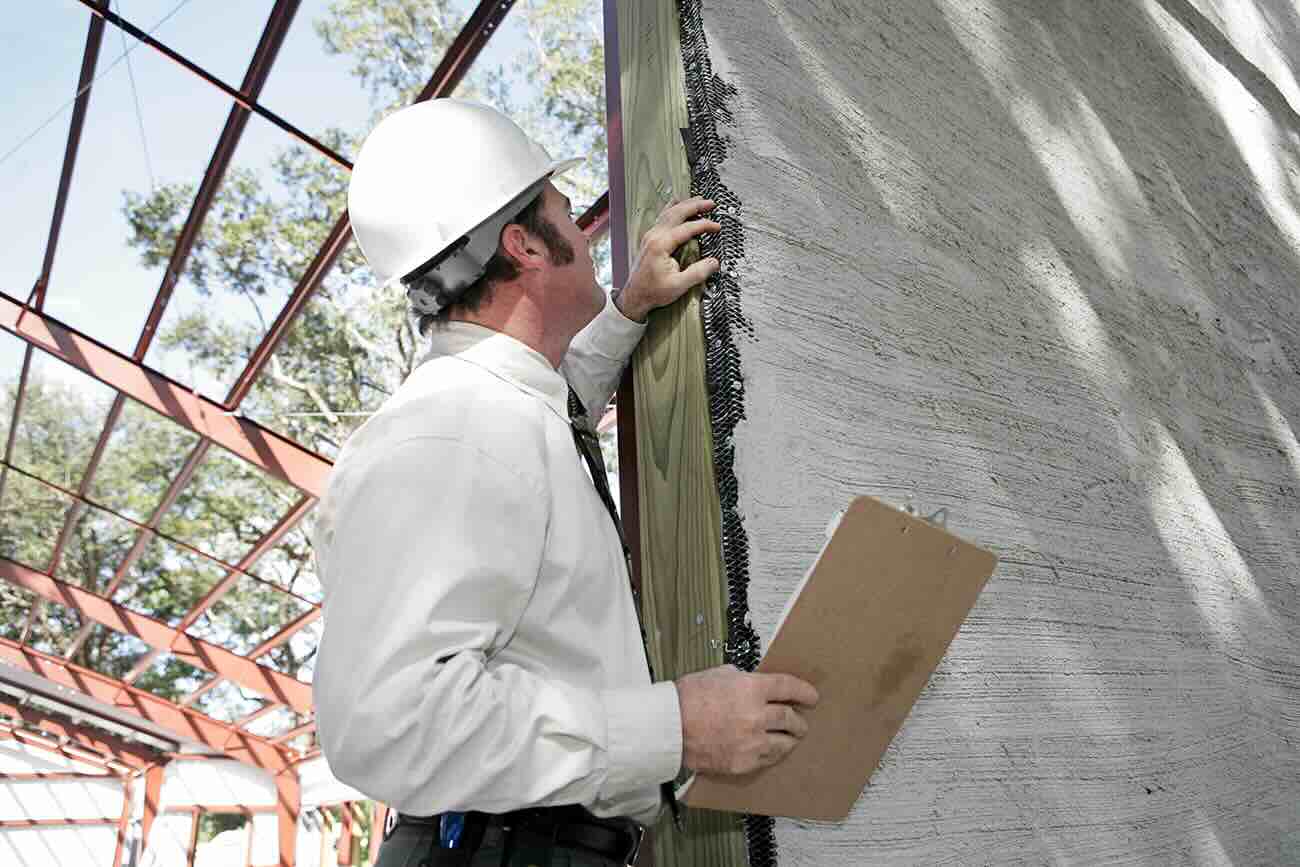


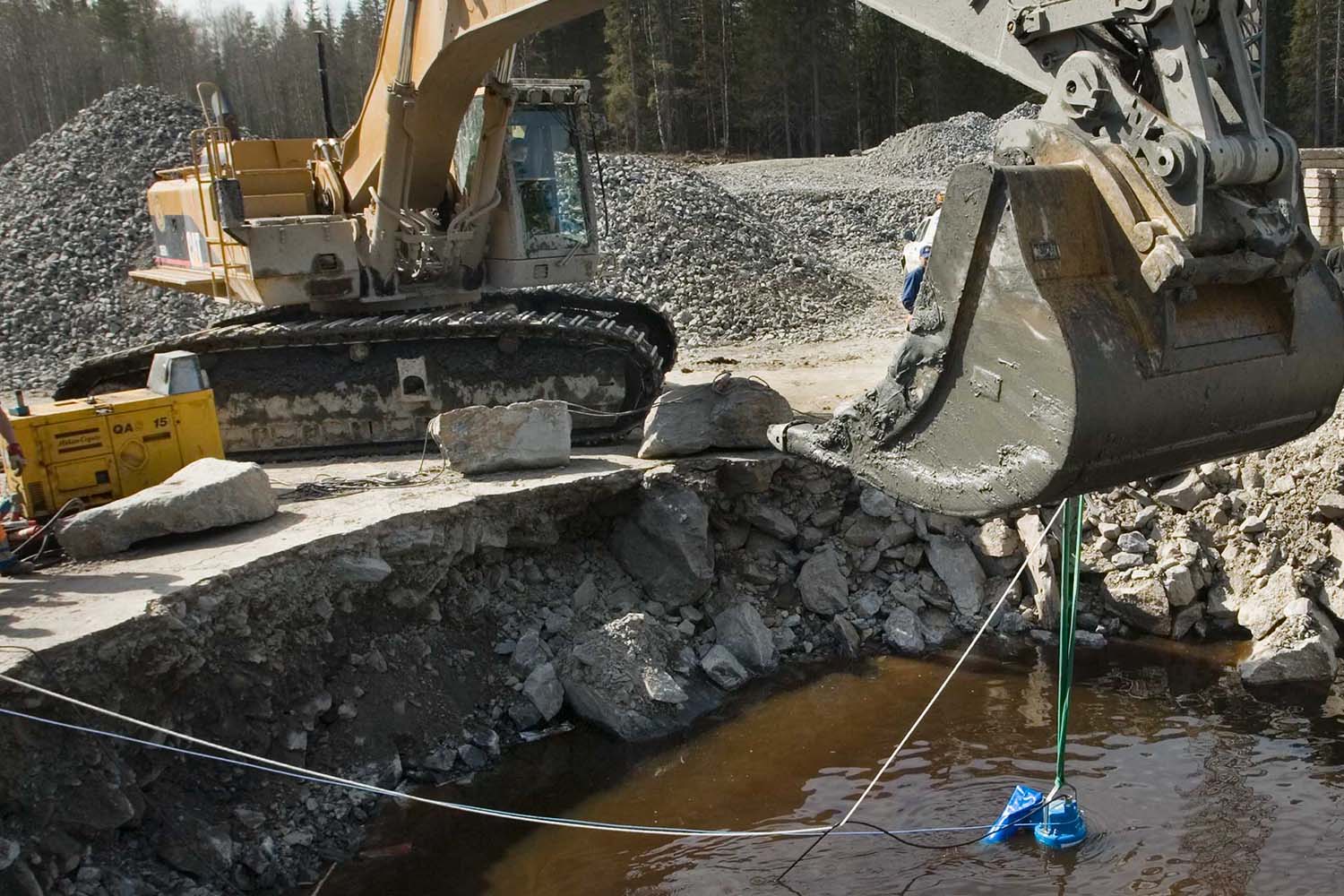


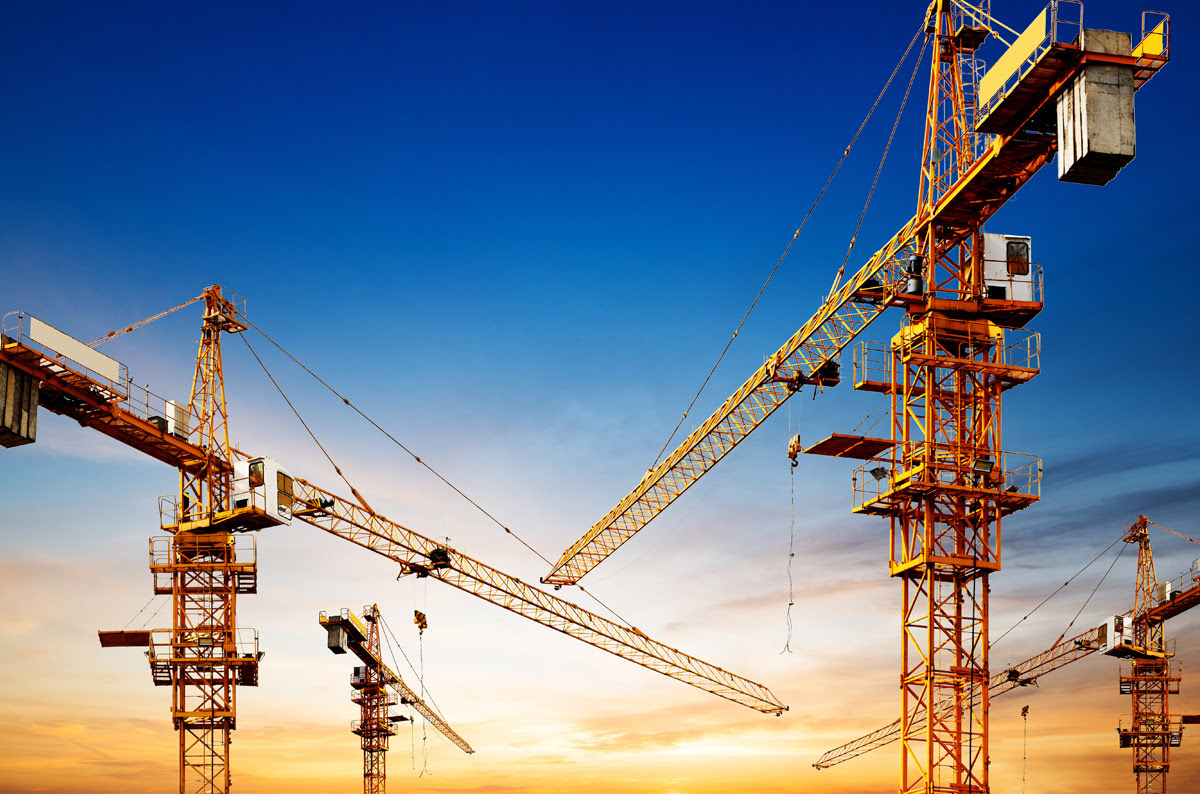
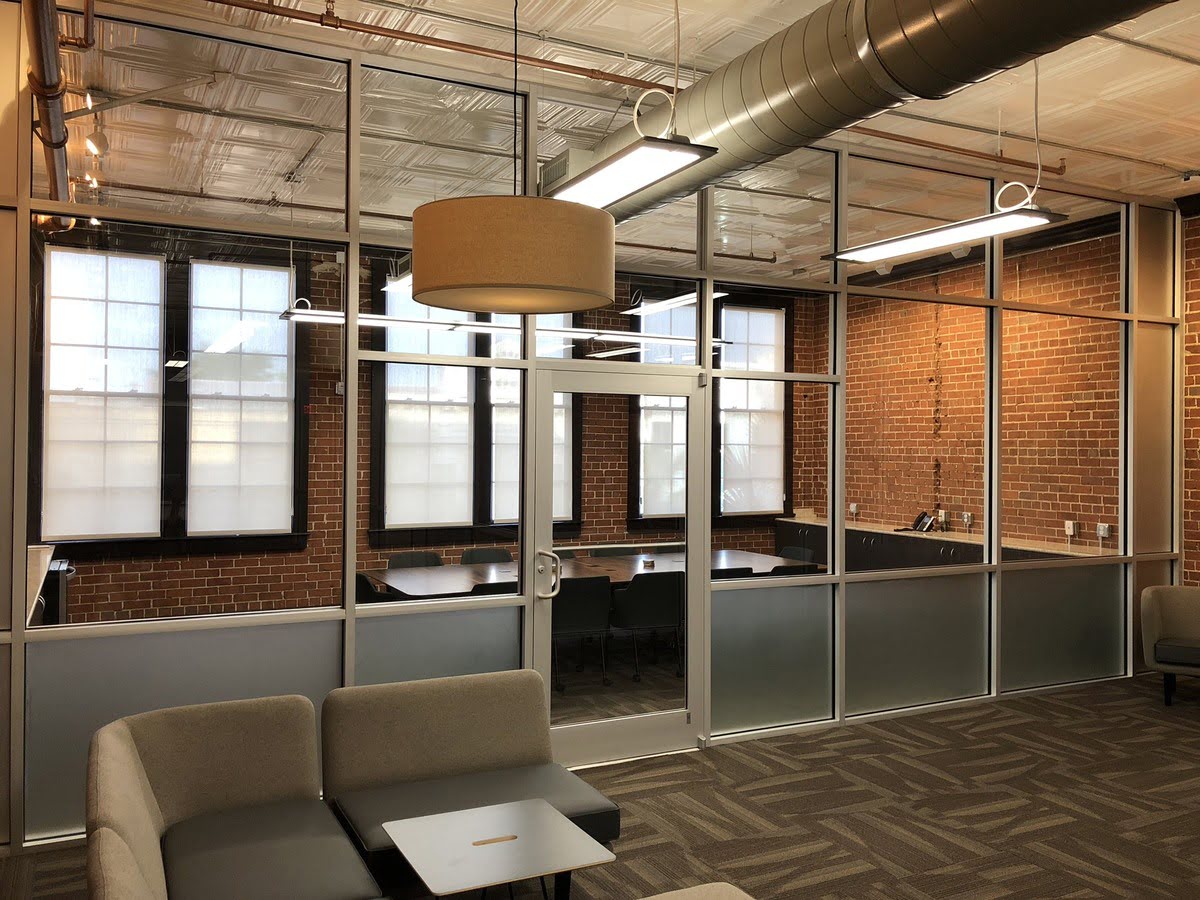
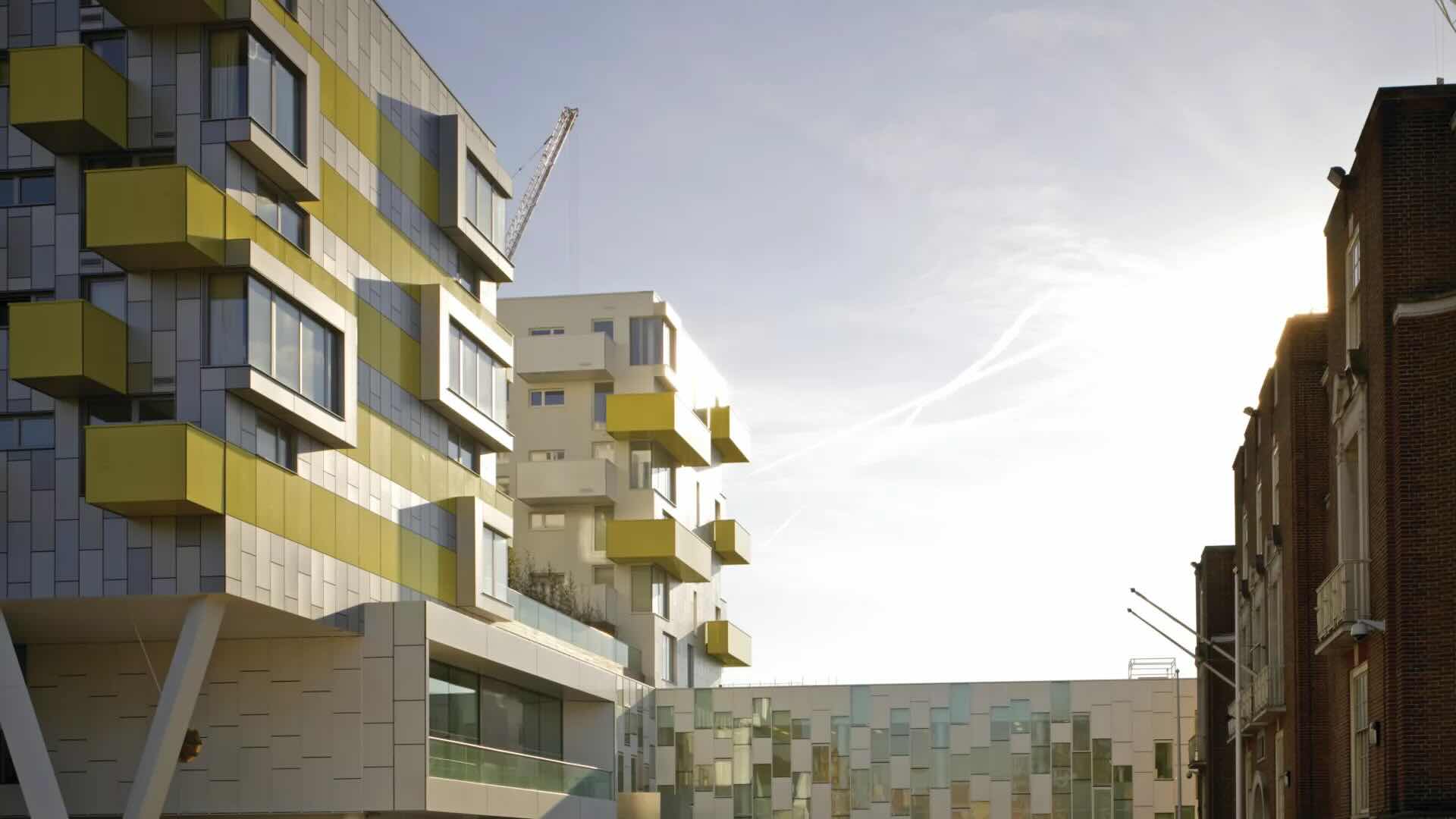

0 thoughts on “What Is Stirrups In Construction”